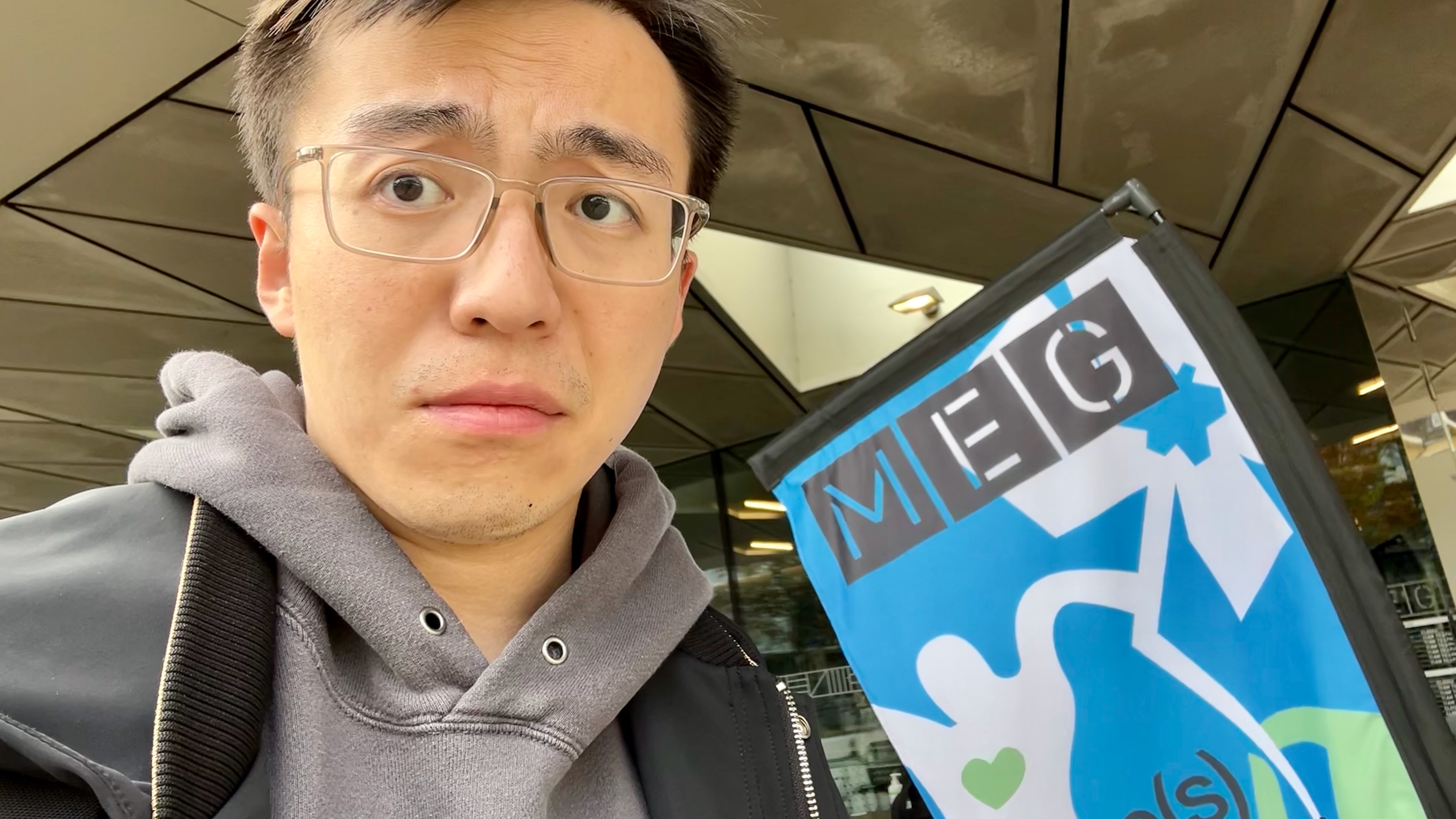Xinchi in Frontiers on event roles in working memory
January 24, 2024

The neural format for representing events in working memory.
Now in and at the Frontiers in Neuroscience, a new paper by Xinchi and Ellen, with three collaborators in Shanghai - Jialu Li, Hao Zhu and Xing Tian - on "Electrophysiological hallmarks for event relations and event roles in working memory." The paper asks how representing an event-relation between two items, "the tiger hit the lion", differs neurally from just representing their 'coordination', "the tiger and the lion", and engages the question with an ERP study. The abstract is below.
The ability to maintain events (i.e., interactions between/among objects) in working memory is crucial for our everyday cognition, yet the format of this representation is poorly understood. The current ERP study was designed to answer two questions: How is maintaining events (e.g., the tiger hit the lion) neurally different from maintaining item coordinations (e.g., the tiger and the lion)? That is, how is the event relation (present in events but not coordinations) represented? And how is the agent, or initiator of the event encoded differently from the patient, or receiver of the event during maintenance? We used a novel picture-sentence match-across-delay approach in which the working memory representation was “pinged” during the delay, replicated across two ERP experiments with Chinese and English materials. We found that maintenance of events elicited a long-lasting late sustained difference in posterior-occipital electrodes relative to non-events. This effect resembled the negative slow wave reported in previous studies of working memory, suggesting that the maintenance of events in working memory may impose a higher cost compared to coordinations. Although we did not observe significant ERP differences associated with pinging the agent vs. the patient during the delay, we did find that the ping appeared to dampen the ongoing sustained difference, suggesting a shift from sustained activity to activity silent mechanisms. These results suggest a new method by which ERPs can be used to elucidate the format of neural representation for events in working memory.

